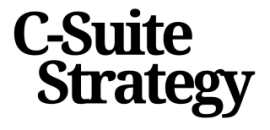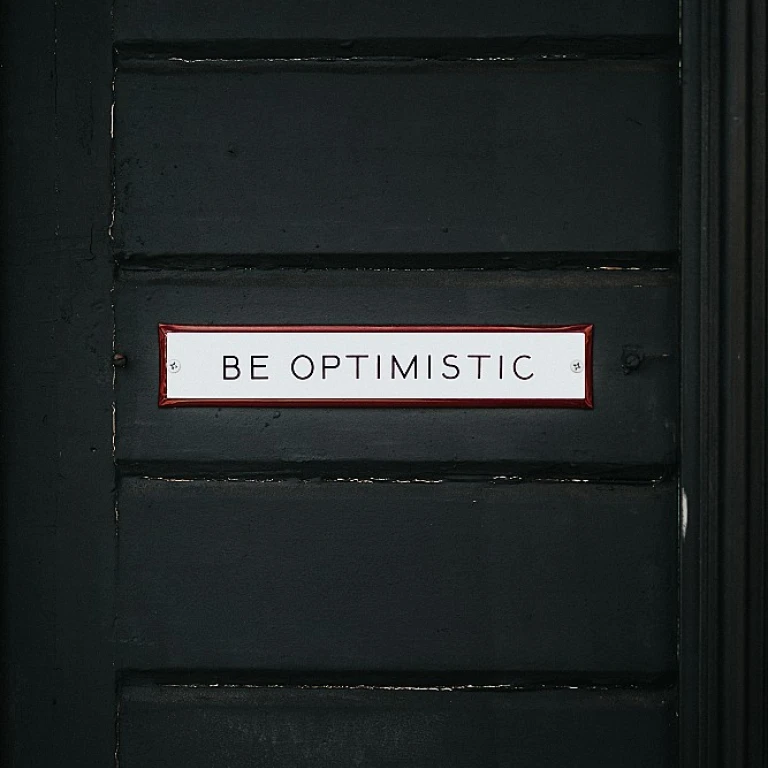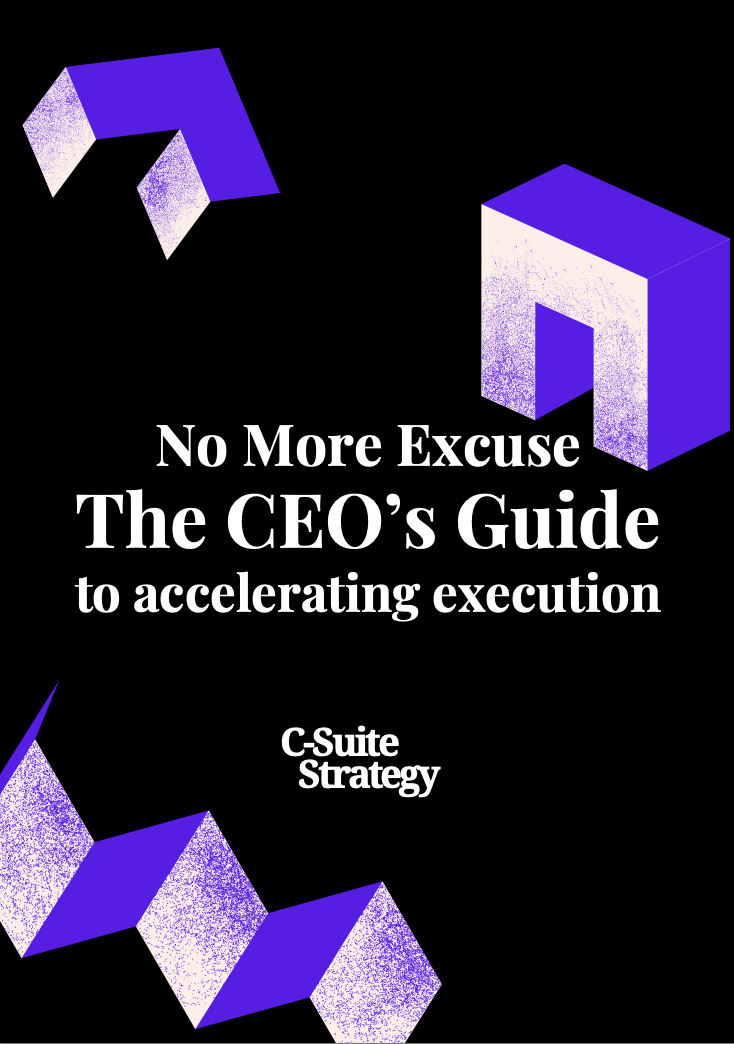
Understanding Strategic Cost Management
Grasping the Fundamentals of Strategic Cost Management
Understanding strategic cost management is vital for C-suite leaders aiming to achieve long-term business success. At its core, this involves the strategic alignment of a company's costs with its overarching business goals. Cost management isn't merely an accounting exercise; it requires a nuanced analysis and implementation strategy. By focusing on strategic goals, companies can transform cost management into a competitive advantage.
Strategic cost management combines various dimensions, such as cost control, cost reduction, and cost analysis. These dimensions are critical in crafting effective strategies that enhance the company’s overall efficiency and help maintain high product quality. Companies productive in this practice leverage both management accounting and activity-based costing to identify and allocate costs more effectively. This approach ensures that costs align with the company's business objectives.
An essential part of grasping strategic cost management is understanding cost drivers. Recognizing these factors allows a business to manage costs in a way that reflects and supports its unique production processes. Such insights can facilitate informed decision making that directly impacts cost management strategies and paves the way for better competitive positioning.
For deeper insights into optimizing financial strategies, C-suite executives might find the optimization of financial strategies particularly beneficial, as it provides additional strategic insights that complement effective cost management practices.
In subsequent sections, we'll explore how aligning costs with business goals and leveraging technology are pivotal in forming a robust strategy, fostering a culture of cost consciousness within the organization, and achieving managerial excellence in cost management.
Aligning Costs with Business Goals
Harmonizing Your Financial Objectives
To master strategic cost management, a top priority for any company is to synchronize costs with overarching business goals. This alignment ensures resources are channelized effectively towards achieving long-term success.- Clarifying Business Objectives: Begin by defining clear strategic objectives. This clarity assists in crafting a cost strategy that is not only compatible but also accelerates your company's journey towards these targets.
- Analyzing Financial Health: Evaluate the organization's current financial standing through detailed cost analysis and management accounting. This provides a comprehensive view of your cost structures and helps identify areas needing realignment.
- Aligning Resources with Strategy: Effective cost management requires understanding the direct impact of each business strategy on the financial framework. By aligning resources, your company can prioritize key business functions and ensure optimal quality in production and customer service.
- Activity-Based Cost Management: Adopting an activity-based costing approach helps in pinpointing specific cost drivers. This method grants valuable insights into which activities yield the most significant financial impact, thus assisting in resource allocation.
Identifying Cost Drivers
Pinpointing Key Influencers in Cost Structures
In the realm of strategic cost management, understanding the elements influencing costs is crucial for effective decision making. Identifying these cost drivers is akin to having a compass in the complex terrain of business operations. By meticulously analyzing cost components, companies can unravel inefficiencies and streamline their cost structures.
Understanding cost drivers involves a detailed analysis of both direct and indirect factors. These range from production methods to supply chain mechanisms. Activity based costing plays a pivotal role here, as it provides insights into the costs incurred at each stage of production or service delivery.
Consider the manufacturing domain, where processes can be optimized by examining variables such as material usage, labor intensity, and equipment efficiency. Through diligent cost analysis, businesses can adopt more competitive strategies that enhance their market stance.
Moreover, the implementation of cost accounting methods, tailored to the company's specific needs, further supports this strategic initiative. A robust management strategy that integrates both traditional accounting with innovative solutions can significantly boost a company’s cost reduction efforts.
In the ever-evolving business landscape, adopting a long-term perspective in identifying cost drivers helps maintain a competitive advantage. Analyzing all facets of cost through strategic cost management ensures businesses remain agile, ready to pivot strategies as market demands shift.
Implementing Cost Optimization Techniques
Implementing Cost Optimization Techniques
Successfully implementing cost optimization techniques requires a deep understanding of the relationship between costs and value created for your company. To secure a competitive advantage, it is essential to refine your strategic cost management practices and apply well-rounded strategies that can sustain long-term benefits.- Activity-Based Costing (ABC): ABC helps identify the real cost of production by allocating costs based on activities involved rather than distributing overheads evenly. This approach facilitates precise costing, enabling companies to make data-driven decisions that enhance product quality and operational efficiency.
- Lean Management: By leveraging lean principles, businesses can eliminate waste, improve processes, and reduce production times. These strategies aid in maintaining a balance between cost reduction and maintaining high-quality output, crucial for sustaining market competitiveness. Implementing lean management strategies often involves an analysis of the supply chain to improve cost control mechanisms across all stages of production and distribution.
- Outsourcing and Strategic Partnerships: Developing strategic partnerships can lead to cost efficiencies, especially in non-core business activities. By engaging with external vendors through outsourcing, companies can focus resources on their core competencies while still benefiting from cost-effective external expertise and technologies.
- Utilizing Scale Economies: As companies grow, they can benefit from economies of scale, which lead to lower per-unit costs as production increases. Therefore, increasing production volume can reduce the cost per output, making it a viable strategy for competitive advantage in manufacturing and beyond.
Leveraging Technology for Cost Management
Harnessing Technology for Efficient Cost Management
In today's digital age, leveraging technology is pivotal for enhancing cost management strategies in businesses. Technological advancements such as data analytics, artificial intelligence, and cloud computing have revolutionized how companies manage and reduce costs. By integrating these tools into strategic cost management, organizations can unlock a wealth of insights that drive competitive advantage. To begin with, implementing advanced cost analysis software provides detailed insights into cost structures. These tools enable companies to conduct thorough activity-based costing and cost driver identification, essential for strategic cost decision-making. By utilizing real-time data, businesses can swiftly adapt their strategies to changing market conditions and optimize their supply chain, further reducing costs. Moreover, enterprise resource planning (ERP) systems streamline operations, enhancing production efficiency and ensuring quality management across different departments in the company. By adopting these systems, businesses can achieve a more seamless connection between cost accounting and management accounting, leading to improved cost control. Another promising avenue is the use of machine learning for predictive costing models. By analyzing past cost behaviors, companies can forecast future costs with greater accuracy, adjusting strategies to maintain financial health and competitiveness. Furthermore, cloud-based solutions offer a scalable approach to cost management, enabling flexibility in resource allocation. This approach is particularly beneficial for long-term strategy as it supports cost reduction while maintaining the quality of products and services. Lastly, it is crucial to develop a robust IT infrastructure that ensures data security and integrity. This foundation not only supports the effective use of technology but also builds trust within the organization and with external stakeholders. Incorporating these technological strategies into strategic cost management holds the promise of not only reducing costs but also unlocking new business opportunities, leading to a sustainable competitive advantage in the market.Building a Culture of Cost Consciousness
Creating a Company-Wide Cost Awareness Culture
For businesses aiming for long-term viability, it’s vital to foster cost consciousness across all levels of the organization. Strategic cost management begins with a thorough cost analysis but must extend to instilling a sense of responsibility and awareness amongst employees.
Nurturing this culture involves a few practical steps:
- Educating the Workforce: Equip teams with management accounting skills and insights into how daily operational choices impact the broader financial health of the company. Continual training on supply chain efficiencies and cost drivers helps keep cost strategies top of mind.
- Leadership by Example: Strategic cost leadership starts at the top. When C-suite executives model cost-effective decision-making, it sets a tone that influences the entire organization. Openness in cost management approaches, encompassing activity based costing or other methods, provides clarity and direction.
- Incorporate Technology and Analytics: As noted earlier, leveraging technology in cost management allows for greater precision in cost analysis. By sharing these findings in an accessible manner, companies can encourage informed decision making and cost control.
- Encourage Cross-Departmental Collaboration: Encourage collaboration between departments to identify overlapping costs or areas for cost reduction. By breaking traditional silos, departments can help each other achieve better cost control and improve overall product and quality outputs.
Embedding such a culture leads not only to better cost management but can also provide a lasting competitive advantage. Recent studies highlight how companies with a well-integrated culture of strategic and aware cost management are more likely to achieve sustainable growth and improved business results.














